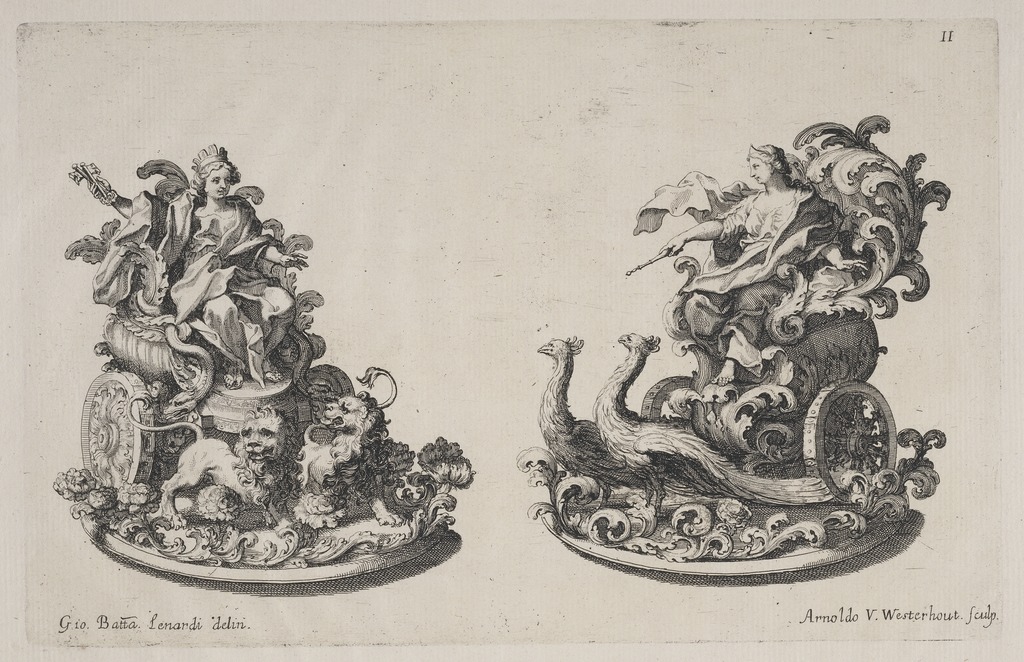Noise and silence are notions that elude a hard definition, just like privacy. Precisely for this reason, they are powerful tools that will give new insights into the early modern world. Sonic history brings innovative insights into history and privacy. Noise and silence played a crucial role in the appropriation, display, control of power and political performance. Speaking, producing sound, being silent or being silenced involved cultural and social protocols of rank, power, and proximity.

Historians rarely listen, musicologists listen mostly to music but rarely to silence and noise, and sound studies scholars focus mainly on contemporary topics. The acoustic turn allows us to combine theoretical approaches from the three fields along with methods inspired by historical performance practices. Aurality defines a community that shares and hears the same sounds. However, people can feel both unisonance and dissonance, by hearing the same soundscape but interpreting it differently, according to their social level or gender. In order to study inclusion and exclusion in sonic interpretation, we shall therefore consider not only the members of the court, but reach across social classes and consider everyday life.
The sound of the past is irremediably lost, along with listening habits. However, a keen scholarly analysis of a variety of sources allow us to reconstruct the historical sonic environments. Written sources can be analyzed lexically to uncover words referring to sound, noise, music, silence, listening and hearing practices. Visual sources also shed light on sonic practices and can be interpreted not only with the eyes but also with the ears. Moreover, physical evidence such as original spaces and artefacts of the past have been preserved and can literally be heard and even recorded, giving access to a sonic reconstruction. Bringing sound into historical studies creates a change in paradigm: what was once fixe has become dynamic, what was silent can be heard. Sound is immersive and dynamic; it travels through time and space and therefore involves temporality and humans. Sonic practices and aurality are crucial to study privacy because of the focus they bring on its main producer, the human body and its relationship with its environment.

Visual or aural privacy were rare commodities in the early modern world. What could be heard or not is therefore highly significant and sheds new light on its social structures. The study of soundscapes reframes and redefine spaces by revealing new boundaries and thresholds. It brings new insights into private and public spaces and the overlaps between them. The porosity of sound and its power to cross physical boundaries allows us to consider outdoor sounds penetrating inside, but also indoor sounds that spill outside, expanding into surrounding areas.
In acoustics, silence is defined as a sound below 20 decibels, whereas noise is a non-periodical sound. But these definitions do not take into account the listener, perception, and the context. Silence and noise are always culturally and socially defined. Silence is a threshold between sounds, be it in music, and speech, but also between noises. Silence can never really be experienced, since in extremely silent environment such as an anechoic chamber, one can distinctly hear his own blood flowing and his own heart beating, along with possible experiences of disorientation and hallucinations. Noise in English refers etymologically to nausea and is connected to seasickness, whereas the French bruit and the Italian rumore link the word to animals, respectively the deer (bramer) and the lion (ruggire).
Both silence and noise can be considered in positive or negative ways, according to the context; both can be weaponized. Silence can be seen as a sanctuary, but it can also be used as an instrument of torture, just like noise. Noise has traditionally been associated with the unmusical, the unintentional, the disruptive. But it has been used musically in pieces inspired by animal vocalizations, battles, or street calls since the Renaissance. Noise implies a judgment about the quality of the sound and is always understood in a contextualized relationship with the social and musical order. The early modern audiences had a noisy form of listening. History shows a progressive containment of noisy and rowdy publics toward a more enlightened and silenced notion of listening. History also shows a progressive domesticating of the body by silencing the noises it produces.

Silence and noise are time-specific; the former associated with the night, the latter with daily activities. Noise is a disruption of the social order if it happens at night. Both notions are also site-specific; silence is associated with a variety of natural sites (desert, wood, garden), whereas noise is mostly associated with the city. Finally both are linked to specific activities; for example, silence with devotion, noise with carnivalesque activities. But the early modern churches were places of sociability and tended to be noisy. The omnipresent bells rhythmed the daily activities and early modern cities were populated by a variety of animals, speeding carriages, street sellers, blacksmiths, cooks, and other workers producing a lot of noise. Finally, silence can be a political weapon of domination, but also a form of protest and a message. Noise, on the other hand, can also be a form of protest, perceived as a sign of political dysfunction; untimely voices disrupt the social order.
White noise
















